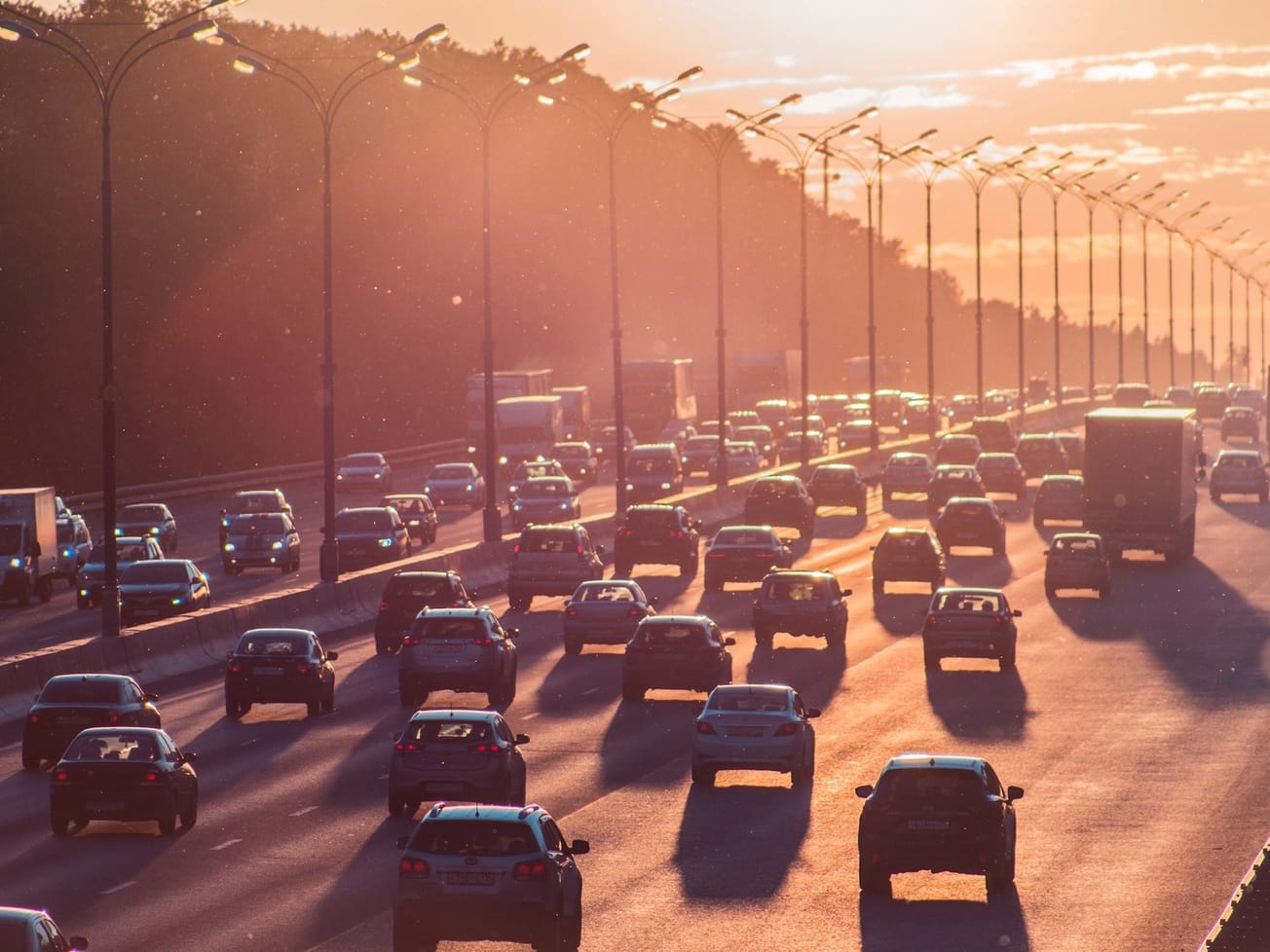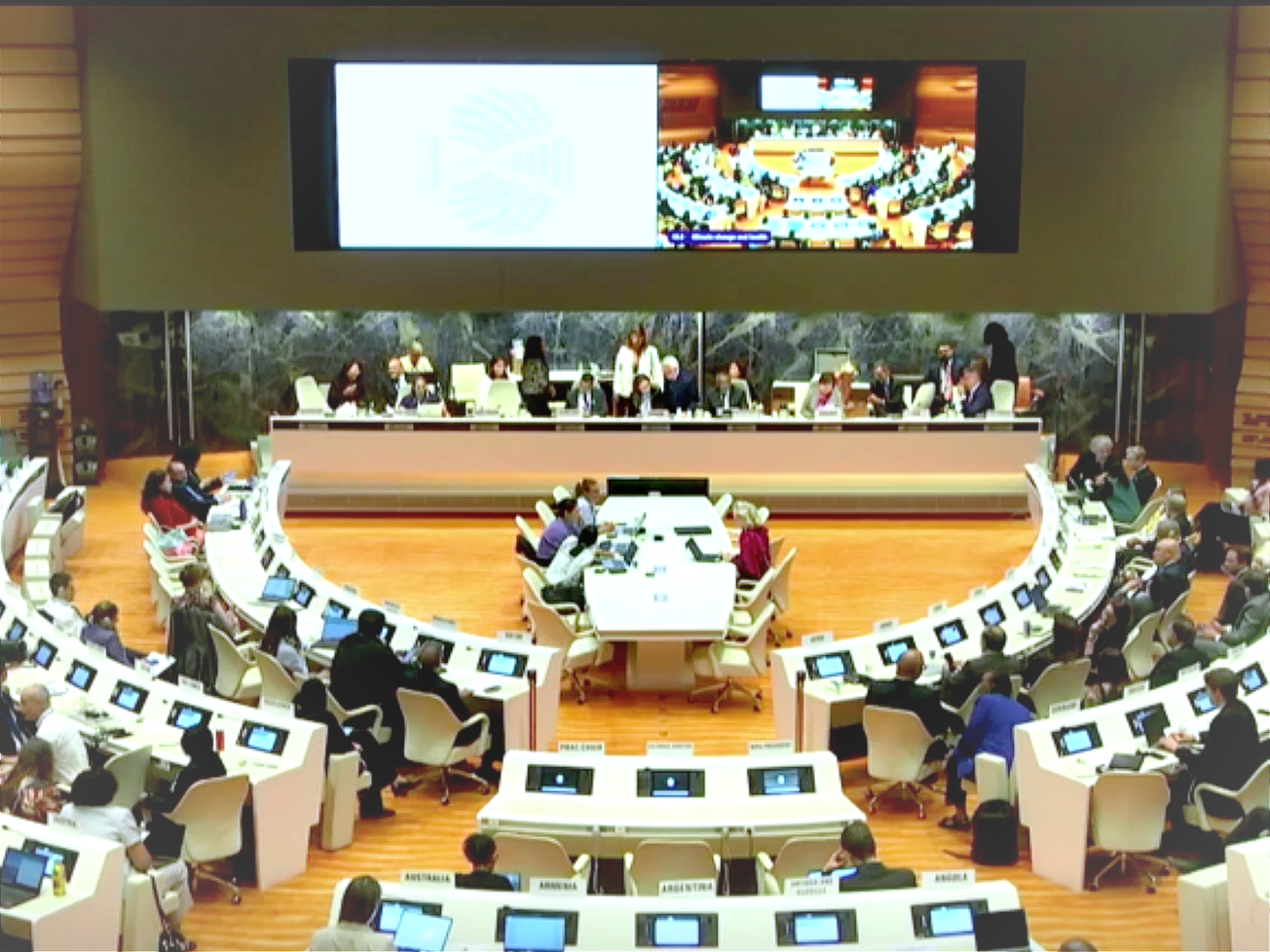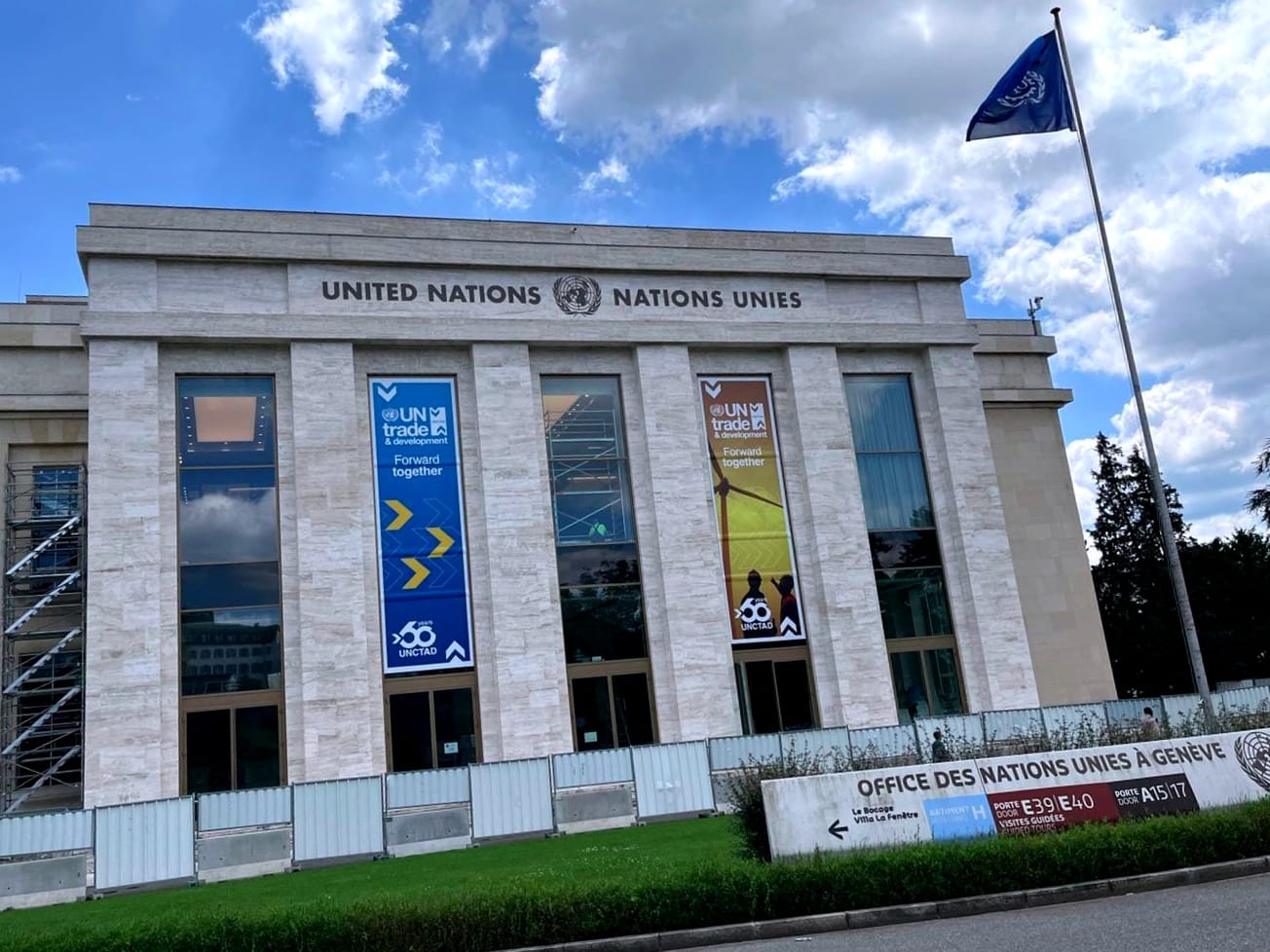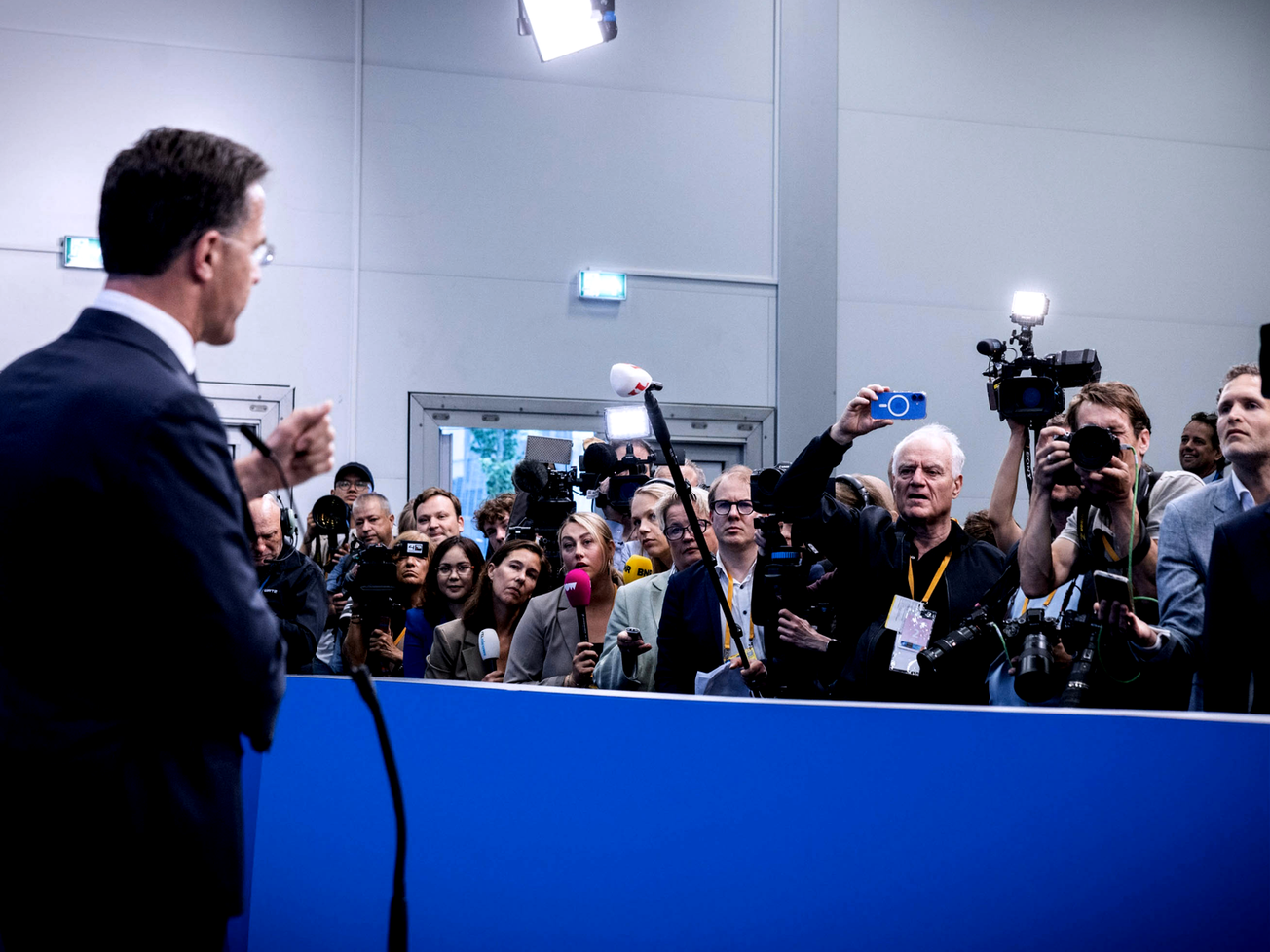The Earth is headed for 2.5° to 2.9° Celsius of warming far beyond the upper limit of the Paris Agreement's commitments, the U.N. reported.
The U.N. Environment Program's report on Monday raised the stakes for climate negotiators preparing to gather this month at COP28 in Dubai. The findings came as global temperatures and carbon concentrations hit new records and more extreme weather events pummel the planet.







